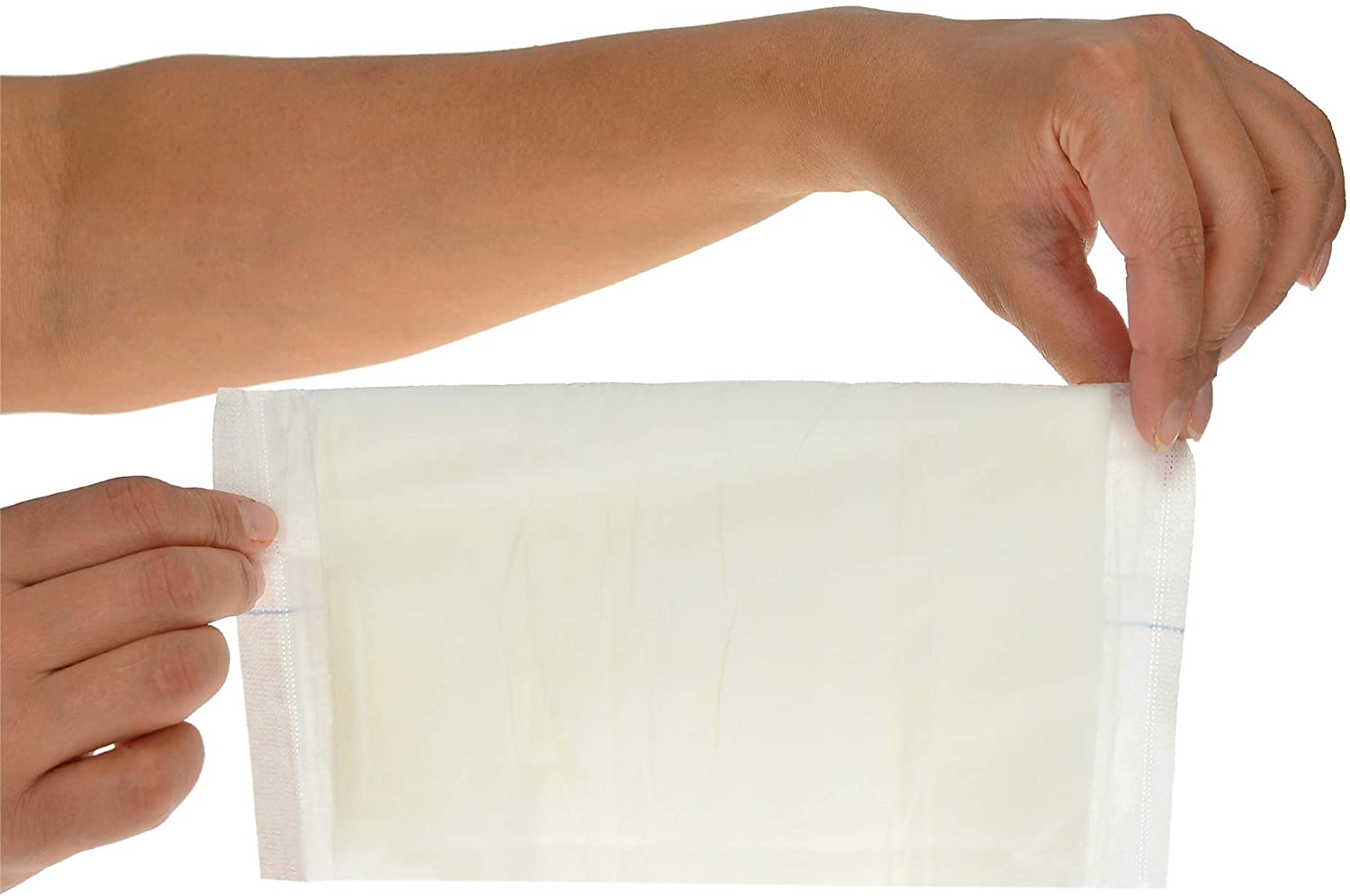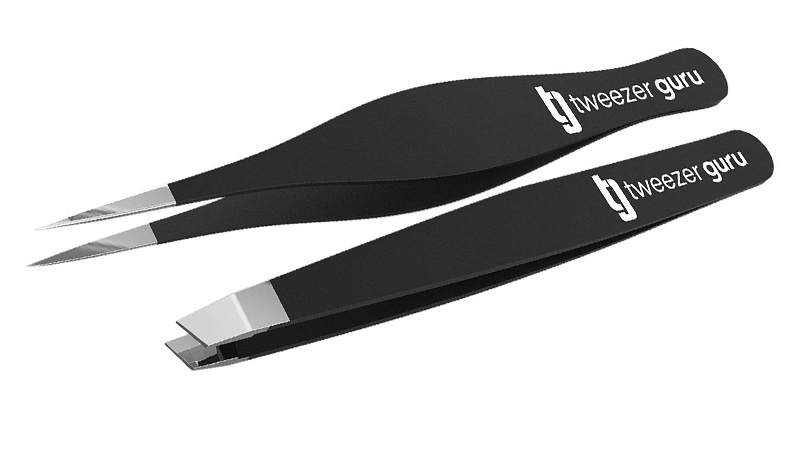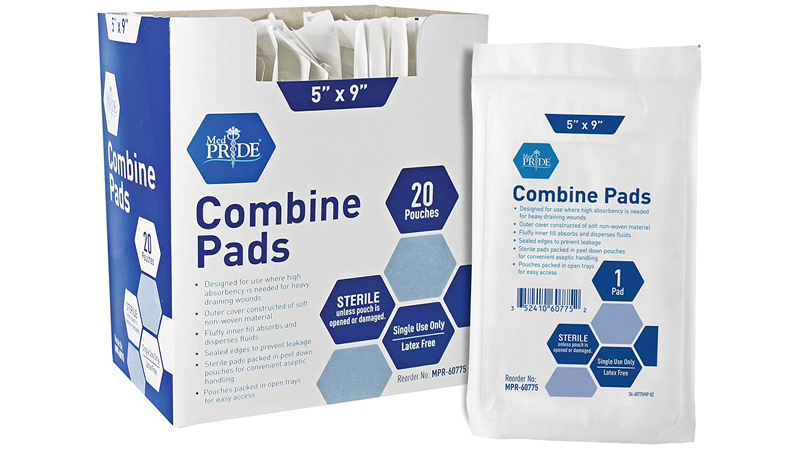Cycling first aid kit: A list of contents to treat your cycling road rash
Be prepared with a cycling first aid kit when you pay homage to the crash gods

The sad truth about riding bikes is that you're going to crash, and it's not a matter of if, but when. It had been a while since I had checked to see if the ground was still hard, but a few weeks ago, in a gravelly corner deep in Nerang National Park, the crash gods decided it was time. Unfortunately, I parted with a decent amount of skin in the process, and yes, for those keeping score at home, the ground is still hard.
In the words of The Black Knight from Monty Python, it was but a flesh wound, and all up, it could have been a lot worse. Road and gravel rash is always an annoyance because it's never small, and always finds its way to areas that move frequently, meaning they are hard to dress.
In my early days of racing, one of my teammates was an EMT and made up crash kits he would take to events and hand out to riders who hit the deck. These modified first aid kits had the necessities for cleaning yourself up after your slide across the pavement and provided enough supplies and dressings to get you through the following few days. They also served as a style guide to what you'd need to go pick up from the pharmacy.
Being a college student at the time, whose diet consisted of mostly beef jerky, ramen noodles, and cheap beer, these came in handy due to my general lack of understanding about how to be an adult, much less deal with an abrasion that covered an entire side of your body. The real value in these crash kits is they are specifically built to address wounds that cover a large surface area, a domain where your standard first aid kit often comes up short.
I still keep one of these crash kits in the house today, but for this spill, it seemed I had already picked through it without backfilling and was missing a few key elements. Rather than a simple restock, it was high time for an update, so I sought advice from Jess Pratt, a Registered Nurse, who is also one of the 2019 Zwift Academy winners and recently completed her first season with Canyon-SRAM, and Anna Beck, who works as a Paramedic and is also an Australian XCM National Champion, has represented Australia for both XCM and XCO at the World Championships and has earned the Queensland State Championships for both Road and CX.
As a disclaimer, anything you read here is not intended to be a substitute for professional medical advice, diagnosis, or treatment. Always seek the advice of a physician or other qualified medical professional.

Triage
Beck recommends picking up some trauma pads to get you started on the initial triage and make sure everything is as clean as possible. These are sterile absorbent pads and can be used to stop the bleeding and start to clean some of the debris out of the abrasion. They are also great for soaking up serum; the thin clear liquid which leaks out of the wound for a few hours after the incident.
Get The Leadout Newsletter
The latest race content, interviews, features, reviews and expert buying guides, direct to your inbox!
When it comes to cleaning out the contusion, both Beck and Pratt say to keep it simple and flush everything out with a saline solution.
"You can get like Chlorhexadien and alcohol stuff for cleaning wounds, but it can impede healing with certain wounds. So I'd say the first one to go with would be saline to clean it out," says Beck.
Unfortunately, a soothing saline shower may not be quite enough and your road rash may require a bit of elbow grease to remove the dirt and gravel which has embedded itself. Beck tells Cyclingnews she's heard of people going as far as using steel wool to coax stubborn gravel out of a wound but advises against that level of panache. Some unscented light soap — Johnson's No More Tears baby shampoo was recommended to me by an ER doctor the last time I paid them a visit — and a set decent set of tweezers will do the trick.
"Realistically, if you keep it clean, and you get the visible dirt out when you're washing it, your body is going to expel it eventually," she says.

In the crash kit under my sink, I actually have two sets of tweezers, one with a slanted end and one with a pointed end for precisely picking out different shaped debris — the latter is also ideal for removing ticks.
Pratt also recommends adding a bottle of Betadine, noting that it can assist with healing and does well to prevent infection.
Betadine's active ingredient is povidone-iodine, which makes quick work of several strains of Bacteria viruses, fungi, spores, protozoa, and amoebic cysts, hence why it's used to disinfect skin before surgery and has been shown to offer some anti-inflammatory properties.
Put on your Sunday best
Once the new raspberry is sufficiently cleaned out, you're going to want to keep it wet. There is always debate surrounding whether you should let a wound 'air out,' but the science says you're better off to keep it moist. Not only will this prevent the dreaded crack and bleed of dry scabs, but it also leads to faster healing and less scarring.
To keep the wound wet, you'll need to keep it covered, and the best way to do it is with a gauze dressing. This can be one of the Trauma pads recommended at the top, or a thinner gauze pad if the affected area is no longer leaking.
Regardless of what you use, Pratt recommends you opt for higher quality dressings, which can often mean spending a bit more, but it will ultimately assist in the healing process and prevent complications down the line.

When you're standing in the pharmacy with a standard gauze dressing in one hand and the more expensive non-stick dressing in the other, save yourself the discomfort of peeling the regular gauze pad off a sore scrape when it comes time to change it, go for the non-stick. It's also worth opting for a larger size than you think you will need. Road rash very rarely covers a small area, and it's much easier to cut a dressing down to size than to try and use more than one to cover the single abrasion.
When WorldTour Pros hit the deck, the next day after the team doctors have given them a once over, you will see them covered with tubular netting to hold their gauze dressings in place. This stuff is surprisingly hard to find at the pharmacy or online, especially if you don't know what to search for, but it's called 'spandage'. If you can get your hands on this tubular netting, it's a fantastic addition to your crash kit, because it holds everything in place without adhesive and won’t creep down or loosen throughout the day.
If you're unable to get your hands on a roll of spandage, Beck recommends just your basic crepe bandage to keep that trauma pad or non-stick dressing in place — for those that live in Australia; a Snake Bite bandage can serve double duty. She also suggests a roll of medical tape to avoid having to faff with the end clips they come with, because as she puts it, "they are terrible."
Beck also says it’s well worth throwing a triangle bandage into your at-home crash kit because they are multi-use and can be applied like a crepe bandage or a sling should your collar bone decide it no longer wants to play ball.
As you're probably going to be a bit sore, Beck suggests keeping some paracetamol or ibuprofen in your crash kit, too. Again, as we stated in the disclaimer above, this is not medical advice. Before you take anything, talk to your doctor.
When you walk down the pharmacy's wound care aisle, there are no shortage of gimmicky products with sticky this or infused that. Some work, many of them don't and because of this both Beck and Pratt say to keep it simple. If you keep your wound clean and change the dressing regularly, it will hurt less every day, and in no time, your body will do its magic.
You'll notice that things like butterfly bandages and super glue have been omitted from this crash kit. The reason being if you have a gash that requires such measures, you're going to be much better off seeking professional medical advice and probably a few stitches.
Beyond what's listed here, taking a first aid course will give a better base of knowledge to apply to tools listed above, along with a host of other life-saving techniques — because you'll never know when you may need it. But even more so, if you have a big crash, no matter what's in your crash kit, err on the side of caution and seek help from a medical professional.
Based on the Gold Coast of Australia, Colin has written tech content for cycling publication for a decade. With hundreds of buyer's guides, reviews and how-tos published in Bike Radar, Cyclingnews, Bike Perfect and Cycling Weekly, as well as in numerous publications dedicated to his other passion, skiing.
Colin was a key contributor to Cyclingnews between 2019 and 2021, during which time he helped build the site's tech coverage from the ground up. Nowadays he works full-time as the news and content editor of Flow MTB magazine.